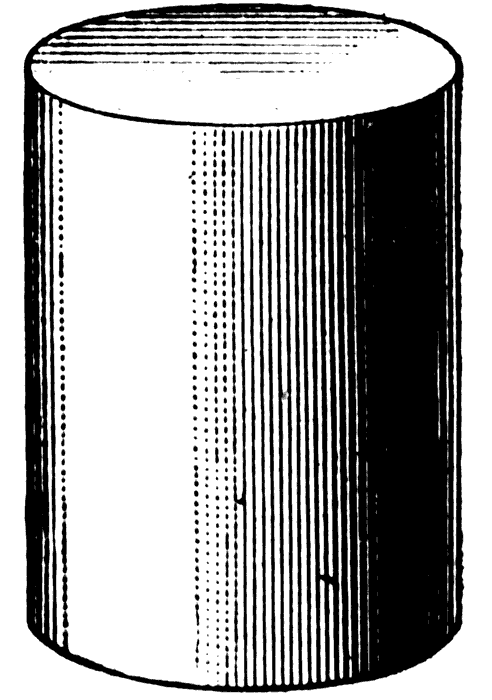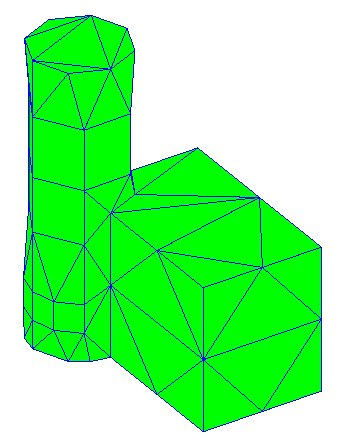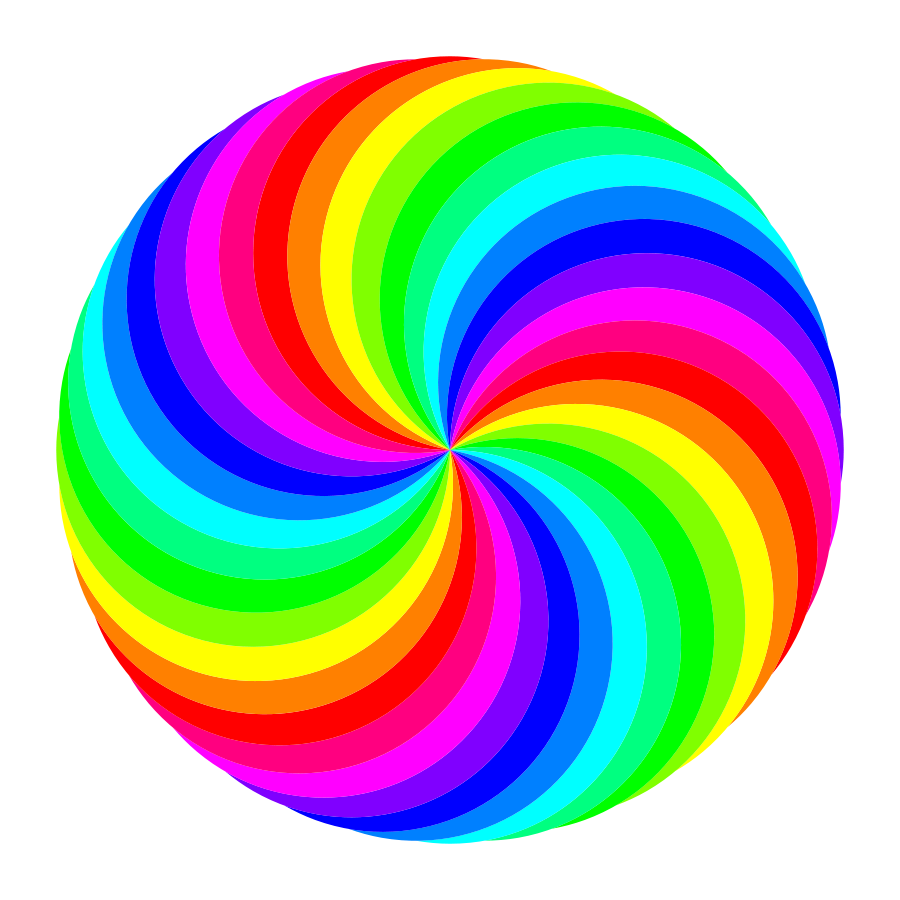|
|
LITR 5431
Literary & Historical Utopias
|
|
Lauren Rayne
The Unbelievable Mask in Fairy
Tales and Utopias
For this research post I am veering slightly from the
trajectory of my previous posts, which primarily dealt with but were not limited to
utopian literature. Utopias are finicky, in the sense that it is very hard to
analyze them. They are hard to critique for many reasons, but the main reason
(for me at least) is the want, no the
need, to compare utopian literature with other literature. Terms and phrases
such as “the fantastical” or the “unreal” come to mind when I think of utopian
literature. The same thoughts come to mind when dealing with fairy tales and
their impact on the literary canon. Fairy tales, while mystical, hold a certain
truth to them, like utopian literature. Margaret Atwood in her introduction to
The Handmaid’s Tale comments on this
comparison by saying “The Handmaid’s Tale,
partly in honor of Chaucer’s Canterbury
Tales, but partly also in reference to fairy tales and folk tales: the story
told by the central character partakes in the unbelievable, the fantastic…”
(xv). After reading this statement I began to research and observe how
postmodern utopian literature mimics the fairy tale narrative through this idea
of the “unbelievable,” and how the “unbelievable” can still comment on political
issues in postmodern society. In other words, aren’t utopias just fairy tales
wrapped in disguise?
Fairy tales are abstract in the sense
that animals cannot talk, princes and princesses do not always live
happily-ever-after, and faraway lands do not exist. Though, cannot the same be
said for utopian literature? Utopias might be mimetic of society, but there is
no society today that exists like in
Herland, Ecotopia, or Dispossessed.
These societies are merely a representation of the fantastical and the unreal,
but with very real ideas. Therefore, they strive for the ideal, but an
unattainable ideal. Fairy tales do this as well, but they frame it in order to
highlight a specific moral or truth. In order to continue on with this train of
thought I referred to the LITR 5831 World / Multicultural Literature: Fairy
Tales and Adaptation course that I took Fall 2016. The text assigned for the
class was Maria Tartar’s Classic Fairy
Tales, which contains an
abundance of story types, and they are categorized by A and B stories; the
former being the most common interpretation (i.e. “Cinderella”) and the latter
being the lesser known story type (i.e. “Donkeyskin”). Both stories deal with
the same “coming to age” motif, but at the same time they differ on how the
comment on societal issues (female agency, pedophilia, gender roles, etc) (iv).
This is all done through the frame of the unbelievable. Utopian literature is
similar, in that the world is not mimetic of earth, but it comments on issues
that need to be addressed. Fairy tales pre-dating the twentieth-century are
usually short and contain an obvious moral; which can range from individual
agency to authoritarian rule. Then, on the other hand, fairy tales post-dating
the twentieth-century are longer and come in the form of a novella or even a
novel. The latter of the two time periods shows a cross-over into utopian
literature (I will discuss that later on). Ultimately, through this observation,
I have come to notice that key classic fairy tale themes cross over into utopian
literature in order to mask controversial realism with the unbelievable and the
fantastic.
Maria Tartar, in her introduction to
The Classic Fairy Tales, comments on
the importance of fairy tale types dating back to the thirteenth-century. These
tales are meant to circulate throughout the world and mimic each other so
children and adults alike can learn from them. Like Atwood, Tartar sees the
importance of the fantastical merging with real social issues, she says, “Fairy
Tales register an effort on the part of both the women and the men to develop
maps for coping with personal anxieties, family conflicts, social frictions, and
the myriad frustrations of everyday life” (xi). Therefore, there seems to be a
pattern in fairy tales that emerges quite frequently in utopian literature. For
example, in Herland, there is actual
magic that allows these females to reproduce asexually. The setting is depicted
similar to a “far-away-land” that is secluded by shrubbery, mountains, and high
walls. In addition, Tartar also says, “Trivializing fairy tales leads to the
mistaken conclusion that we should suspend our critical faculties while reading
these 'harmless' narratives” (xi).
Critical observations of humans and how they interact based on their culture and
what rules them formatted in a playful narrative is exactly what fairy tales
intend. Utopias, while they do not always have a “harmless” narrative, still
seem to have a mask of the unbelievable in order to take the reader to this
‘imaginary’ world.
Now, in my research, classic
fairy tales are influencers for modern utopian fictions, but modern fairy tales
seem to be influenced by early post-modern utopian fiction. This strange
inversion is due to progressive changes in society. Scholar, Weronika Kostecka,
comments on this in her article “And
They Lived Happily Never After”, she says, “Moreover,
there are postmodern Polish fairy tales applying the fairy-tale canon as a kind
of template that enables the creation of stories that discuss various aspects of
contemporary reality” (298). This goes in hand
with my research and readings of postmodern fairy tales. Fairy tales published
post-1920s and pre-2000s are special, in that they are attempting to comment
on an era that has been through two world wars, a nuclear war, and the Vietnam
war. During this time there are heightened race issues, gender role
disagreements, and political distress. The same can be said for
twentieth-century utopian literature, too. Novels such as
Herland and
Ecotopia are a direct result of social and political disturbances. That is
what I find to be so interesting in fantastical literature. Fairy tales and
utopian literature are different, but what binds them together is a unifying
narrative where the unbelievable is a curtain for real issues. Post-modern fairy
tales and utopias are becoming more similar, because they strive for a similar
outcome where princess do not need princes and animals need not be caged. It is
easier to address the evil of the world when it is wrapped up in the
“unbelievable.”
In addition, A.S Byatt, author of
The Djinn in the Nightingale’s Eye is
a modern fairy tale that is primarily for adult audiences. Byatt critically
comments on social issues such as sex addiction, abuse, and adultery. Publishing
company, Penguin Random House, composed a short summary of this collection of
stories and claims that it “ranges from fables of sexual obsession to allegories
of political tragedy; they draw us into narratives that are as mesmerizing as
dreams and as bracing as philosophical meditations” (Random House Publishing).
The “allegories of political tragedy” is
a new theme in fairy tale literature. This theme seems to take from the utopian
narrative that comments on political issues and how to “ideally” fix them. In
addition, Byatt did an interview with Publishers Weekly where the similarities
between utopian literature and fairy tales are mentioned as a muse for her
upcoming novel. Byatt states that, “All
my novels come about when two things which appear not to be connected come
together” and for
this particular novel she wanted to connect socialism with fairy tales. Byatt
wrote to a colleague Zack Pipes, a notorious advocate for the utopias as fairy
tales, and he said,
“that the fairy tale story was a form that
attracted socialists--it was connected to utopias” (Publisher Weekly). Fairy
tales have become less abstract to the point that realism is now common
convention within these particular narratives.
Through my research, I have come to find that postmodern
fairy tales and utopian literature aim for the same goal: a happily-ever-after.
The trajectory of the courses vary overtime, but what remains consistent is that
both fairy tales and utopias need the unbelievable factor to be there in order
to comment on social and political issues that greatly affect the masses.
References
Hall, Melissa Mia. "PW talks with A.S. Byatt: fairy tale
Utopia." Publishers Weekly, 24 Aug. 2009,
p. 41.
Kostecka, Weronika. "And They Lived Happily Never After:
On the Anti-utopian Function of Postmodern Polish Fairy Tales by Bohdan Butenko,
Hanna Krall, and Sławomir Shuty." Marvels & Tales, vol. 32 no. 2, 2018, pp.
296-313. Project MUSE, muse.jhu.edu/article/720505.
Tatar, M. The
Classic Fairy Tales.
New York: Norton, 1999.




